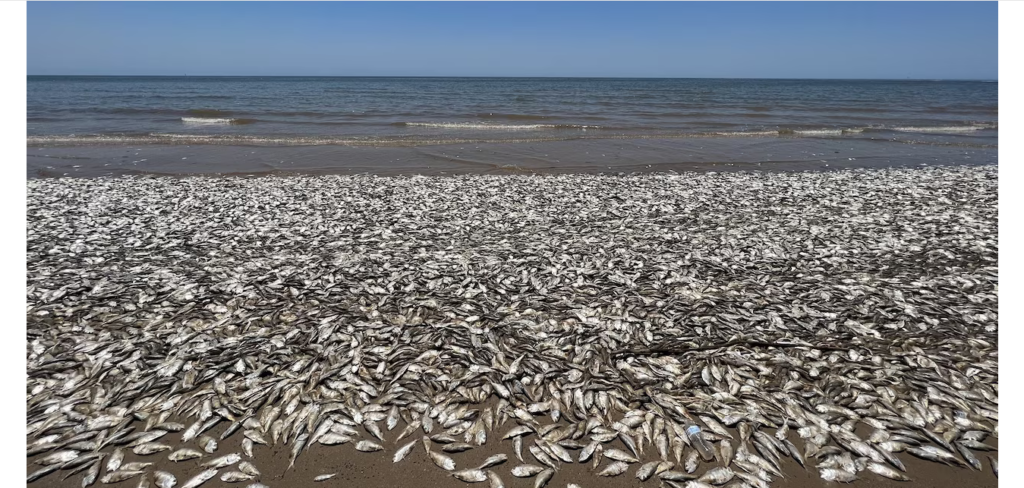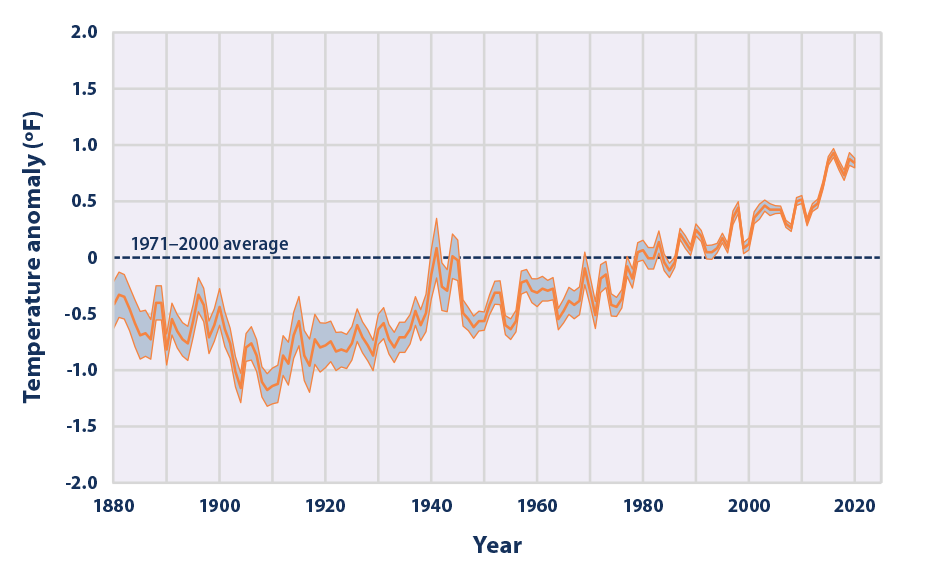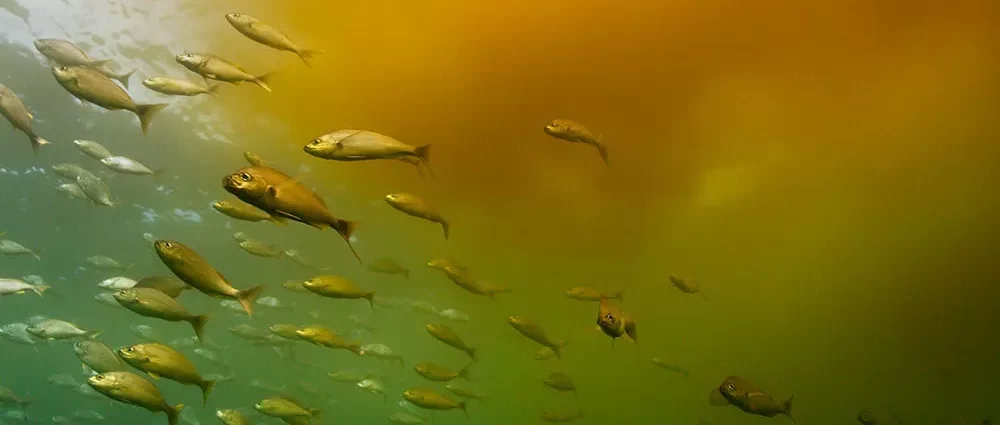In June, the beaches of southeast Texas were absolutely covered in dead fish. And it’s not just Texas that’s been experiencing these fish die-offs lately.
In March, the Darling-Baaka River in Australia was filled with a ton of dead fish. There were so many carcasses that you could barely even see the water, which had turned a gross green color from all the rotting flesh.

This devastation is just one of many recent mass deaths that have been worrying scientists and environmentalists about the health of fish in rivers and oceans worldwide.
In Texas and the Darling-Baaka, just like with other fish die-offs, the fishes died because there wasn’t enough oxygen in the water. Suffocation doesn’t really hit all fish the same way. The native ones tend to first, while those tough invasive species jump in. Consequently, dead fishes are contributing to a growing biodiversity crisis.

A third of freshwater fish species are threatened with extinction, according to a 2021 report by sixteen global environmental organizations. In the Darling-Baaka, most of the dead fishes were bony herring, a native species. As they lay dead and dying in the water, invasive carp feasted on their bodies.
Often, rivers lose oxygen because of humans messing with the ecosystems nearby. A new study shows that the Darling-Baaka river has been losing a lot of water lately, mainly because the farms upstream are taking too much water from the river for irrigation.

Another cause of fish die-offs is rising temperatures, which are often due to climate change. Warmer water holds less oxygen. The average global sea surface temperature has increased by roughly 1.8 degrees Fahrenheit over the last four decades.
But the most direct cause of fish die-offs, however, is water that has been poisoned with chemicals or toxic substances.
Fish die-offs can occur naturally as a result of extreme weather events such as droughts or natural algae blooms. However, it is important to note that human activities have been found to exacerbate these die-offs, disproportionately impacting native fish populations, causing habitat destruction, and contaminating water sources, according to experts.
References -Journal Nature, Science Direct, National Geographic, EPA website






